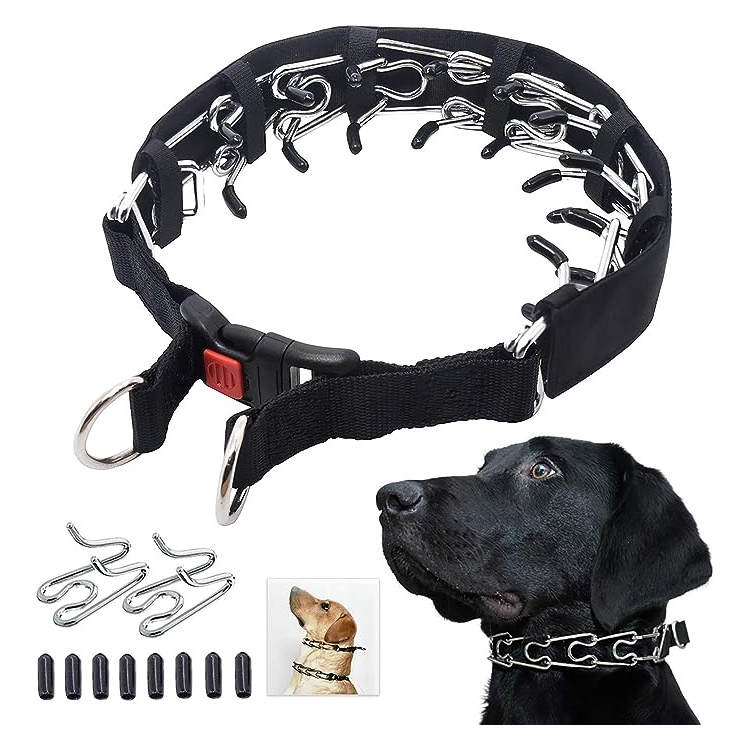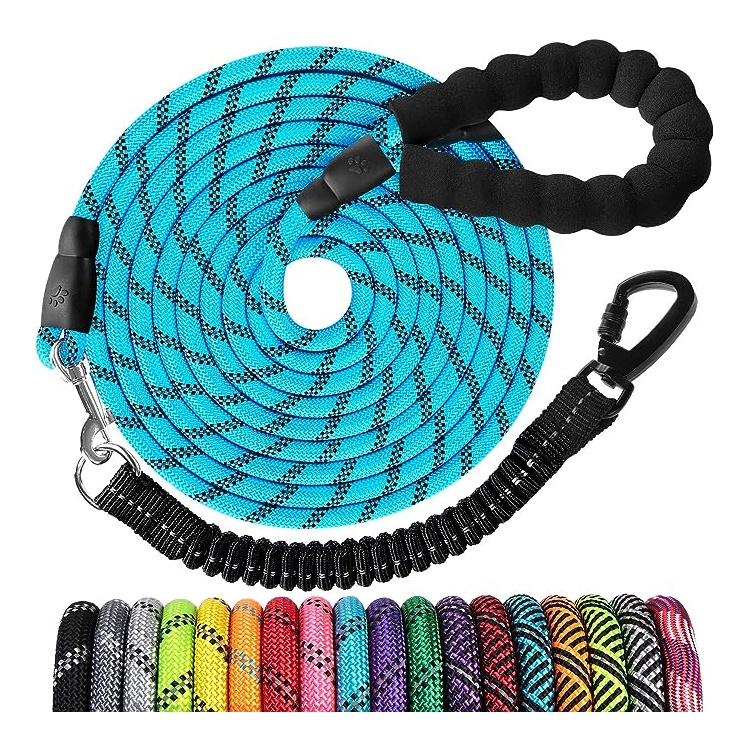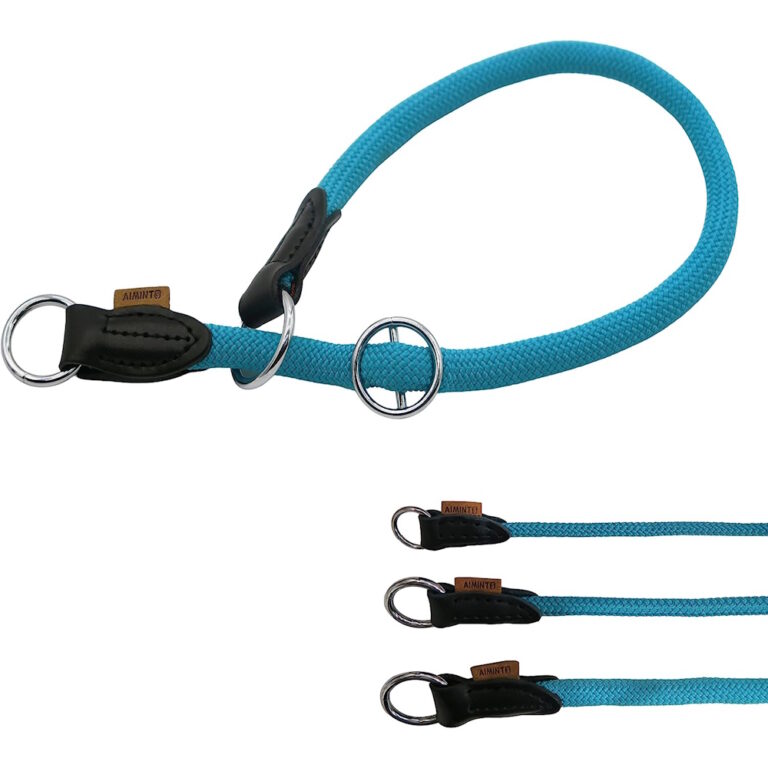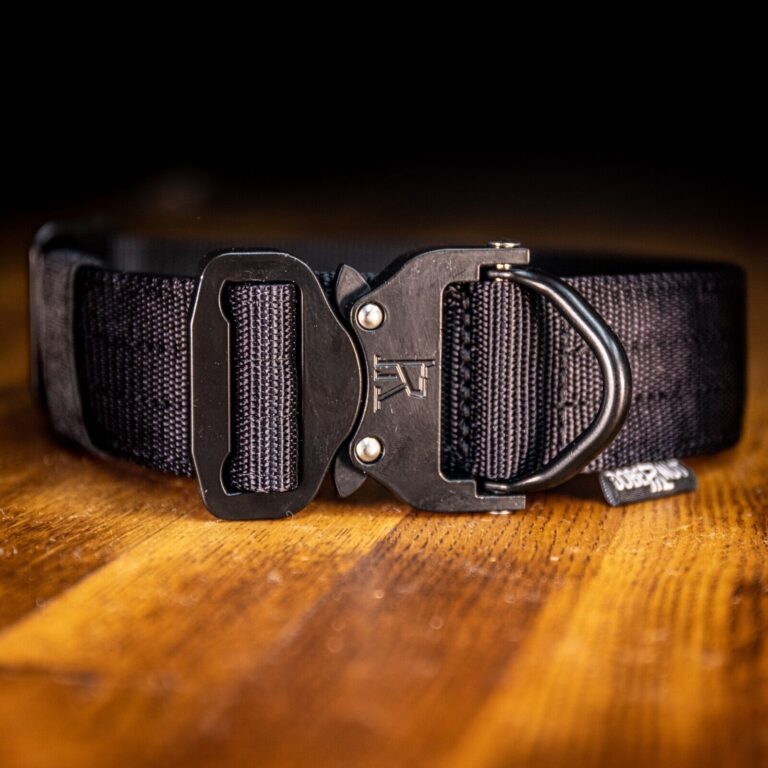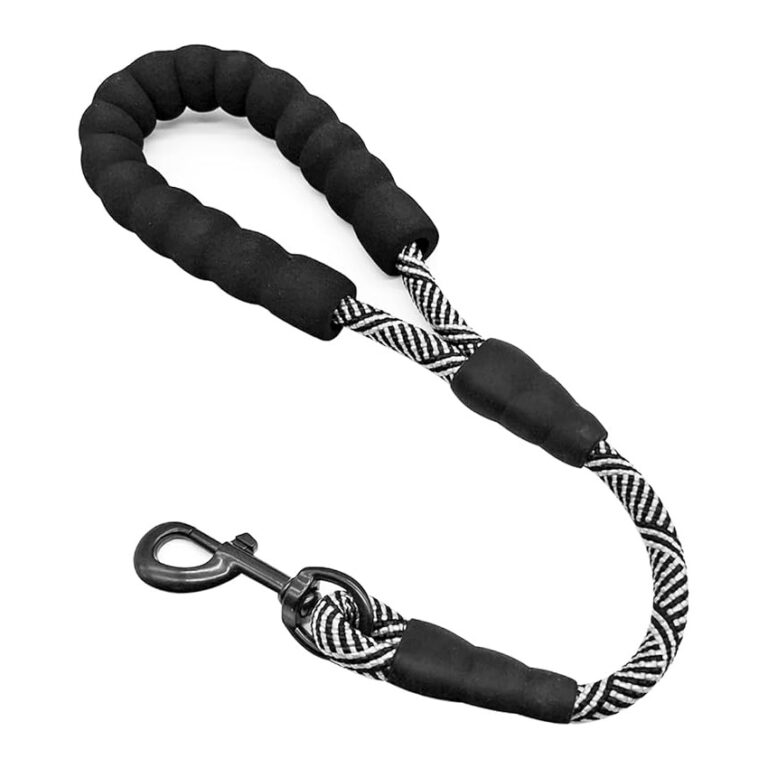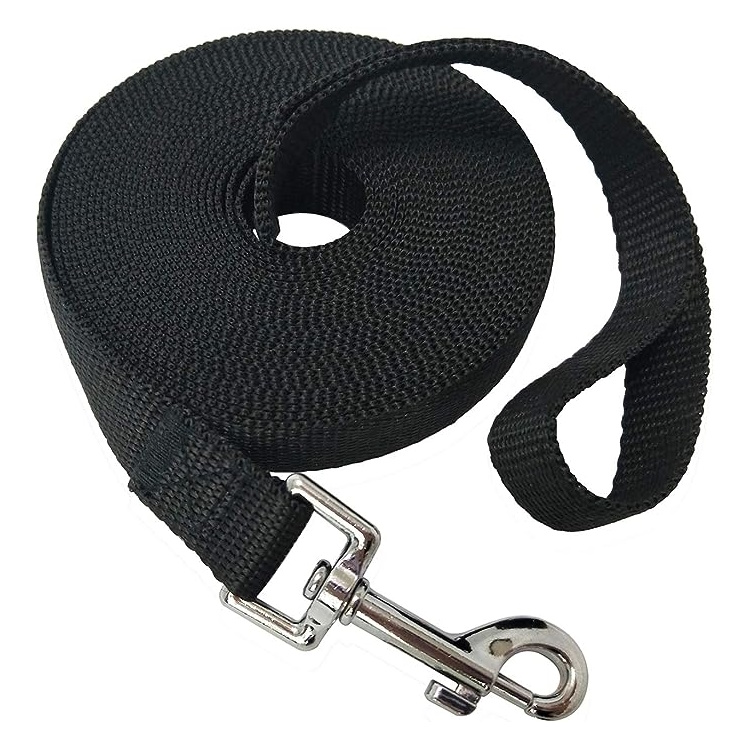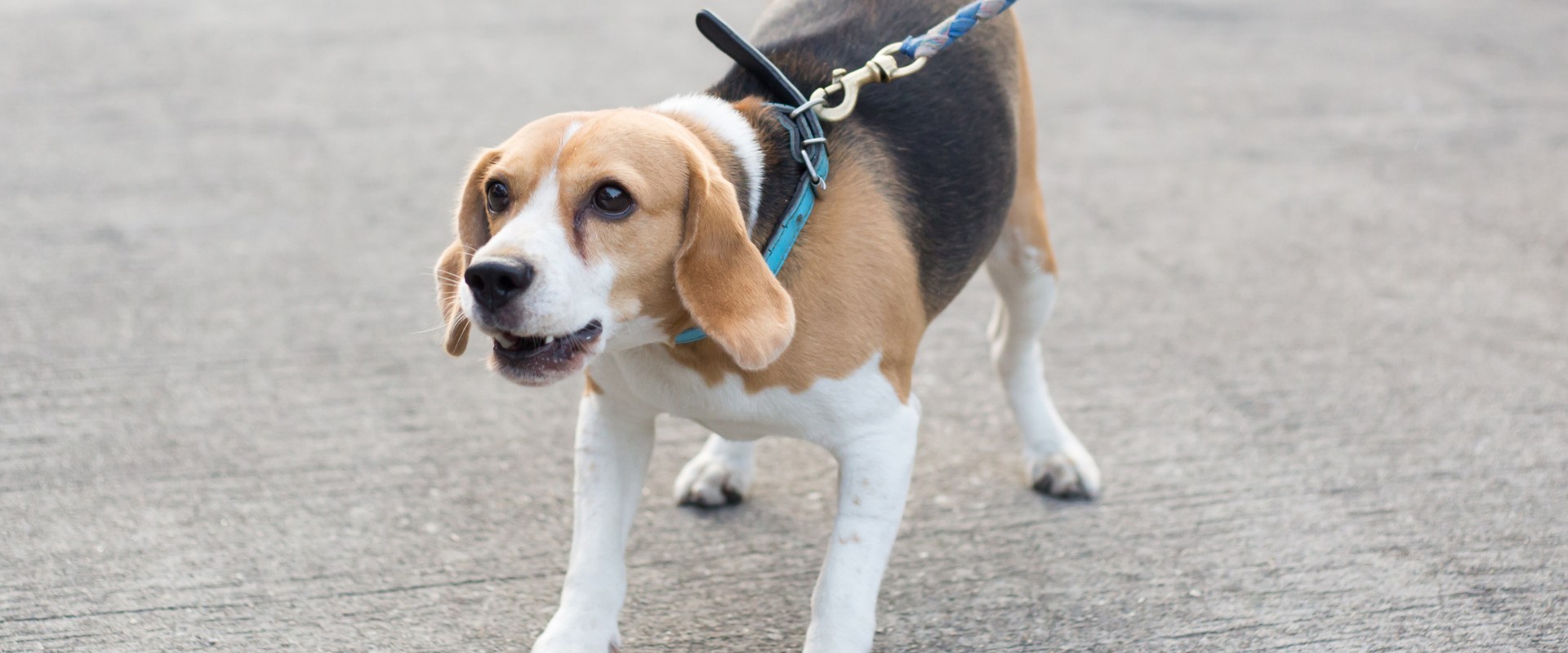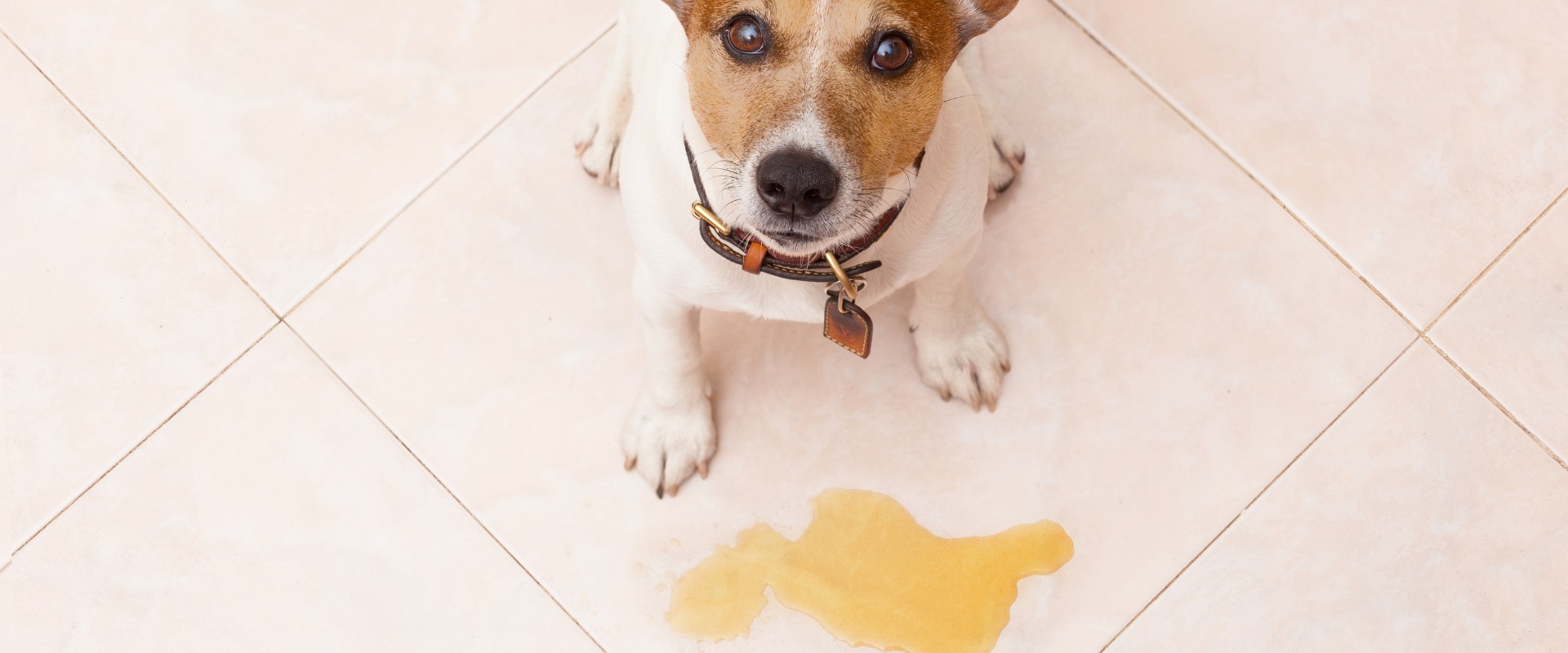Leash training is an essential part of dog ownership. It makes walks enjoyable for both you and your furry friend, and it helps keep your dog safe in public spaces. This guide will provide you with the steps and tips you need to leash train your dog successfully.
Here's What You'll Need:
✤ A comfortable collar or harness: Choose a collar or harness that fits your dog snugly but doesn’t restrict their movement.
✤ A leash: A leash should be long enough to give your dog some freedom to explore, but not so long that they can get tangled or run into trouble.
✤ High-value treats: Find treats that your dog absolutely loves. This will help keep them motivated during training.
✤ Patience and positive reinforcement: Leash training takes time and patience. Be consistent with your training and always reward your dog for good behavior.
Aiminto Nylon Rope Pro Training Dog Collar
Dog Sport Collar 1.5inch 4cm cobra style
DAGANXI Tactical Dog Training Collar
Zuke’s Mini Naturals Training Dog Treats Duck
7 easy steps to leash train a dog
Step 1: Introduce your dog to the collar or harness and leash.
Let your dog sniff the collar or harness and leash before putting it on them. This will help them get used to the feeling of wearing it. Once they are comfortable, put the collar or harness on and attach the leash.
Step 2: Teach your dog a cue.
Choose a cue word or phrase that you will use to tell your dog when it’s time to walk. Some common cues include “let’s go,” “heel,” and “walk.” Say the cue word and then start walking. If your dog follows you, reward them with a treat and praise.
Step 3: Practice inside.
Before you take your dog outside, it’s important to practice leash walking inside your home. This will help them get used to the feeling of the leash and learn to walk calmly beside you.
Step 4: Start in a quiet area.
When you first start taking your dog outside for walks, choose a quiet area with minimal distractions. This will help your dog focus on you and learn to walk calmly.
Step 5: Be consistent.
It’s important to be consistent with your leash training. Walk your dog at the same time each day and use the same cue word or phrase. This will help your dog learn what to expect and make the training process easier.
Step 6: Reward good behavior.
Always reward your dog with treats and praise when they walk nicely on a leash. This will help them associate leash walking with positive experiences and make them more likely to repeat the behavior.
Step 7: Be patient.
Leash training takes time and patience. Don’t get discouraged if your dog doesn’t learn it right away. Just keep practicing and be consistent with your training, and your dog will eventually learn to walk calmly on a leash.
Here are some additional tips for leash training your dog:
- Make sure your dog has plenty of exercise. A tired dog is less likely to pull on the leash.
- Don’t jerk the leash. This will only make your dog pull harder.
- Change direction often. This will help your dog learn to pay attention to you and stay by your side.
- Let your dog sniff occasionally. This is a natural behavior that helps dogs explore their environment.
- Have fun! Leash training should be a positive experience for both you and your dog.
Remember...
- Leash training takes time and patience. Be consistent with your training sessions and reward your dog for good behavior.
- Positive reinforcement is key to successful training. Avoid using punishment or harsh corrections.
- Make training fun and enjoyable for both you and your dog.
By following these steps and tips, you can train your dog to walk calmly on a leash without tugging, making walks a more pleasant experience for everyone.
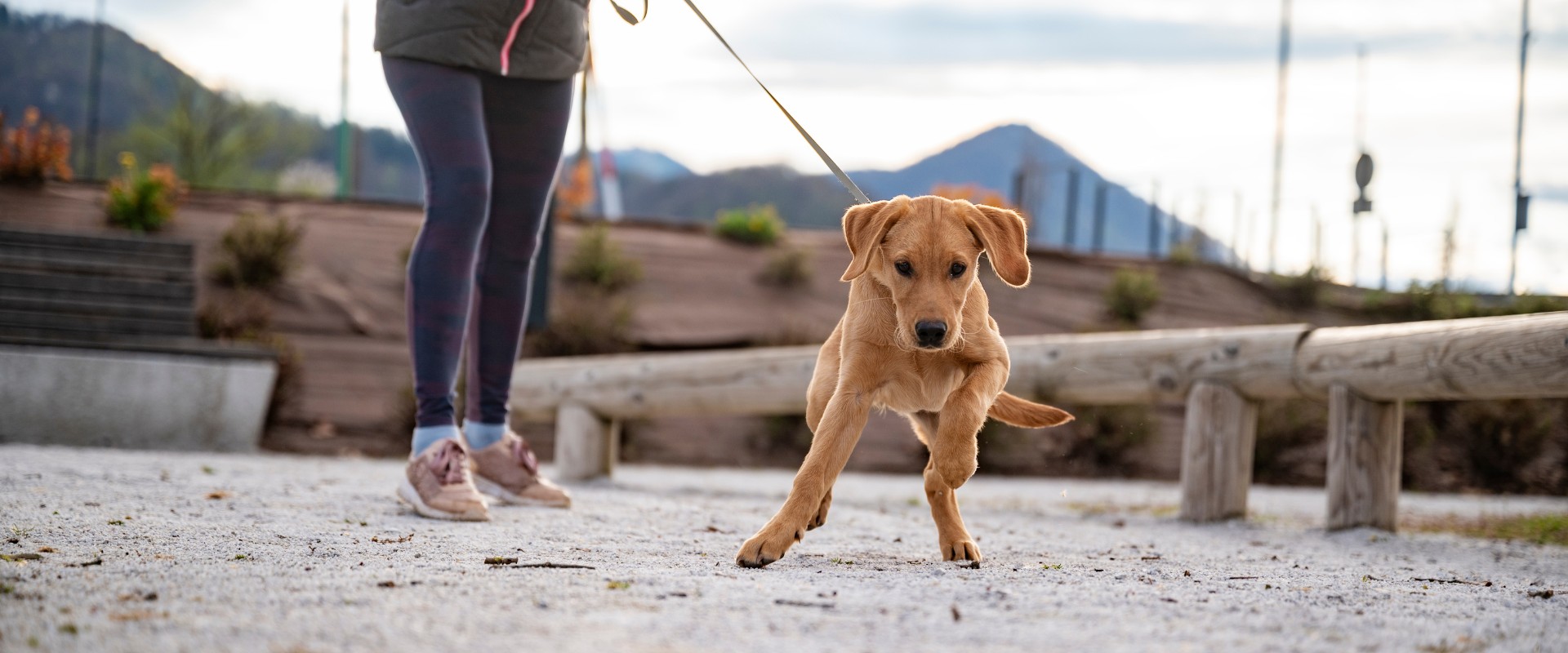
how to train your dog to walk on a leash without tugging
Training your dog to walk calmly on a leash without tugging requires patience, positive reinforcement, and consistent practice. Here’s a step-by-step guide to help you achieve this:
1. Preparation:
- Choose the right gear: A comfortable harness distributes pressure evenly, preventing choking and discomfort, while a collar may put pressure on your dog’s neck, leading to pulling. Use a leash that’s long enough for your dog to explore without getting tangled, but short enough to maintain control.
- Find high-value treats: Use treats your dog loves to motivate them during training. Small, bite-sized treats are ideal for frequent rewards.
- Start inside: Begin training in a calm, distraction-free environment like your home. This allows your dog to focus on you and learn the basics without distractions.
2. Teach a “heel” command:
- Choose a cue word like “heel” or “with me” to signal desired leash behavior.
- Hold a treat at your hip and walk forward. If your dog walks beside you, reward them with the treat and praise.
- Repeat this process, gradually increasing the duration and distance of your walks.
3. Practice “stop and go” technique:
- Walk with your dog on a loose leash.
- Suddenly stop and stand still. Your dog should naturally stop when they feel tension on the leash.
- If your dog pulls ahead, don’t yank the leash. Instead, stand still and wait for them to return to your side.
- Once they’re beside you, reward them with a treat and praise.
- Start walking again and repeat the “stop and go” process.
4. Change directions frequently:
- This keeps your dog engaged and focused on you, preventing them from pulling towards distractions.
- When changing directions, use a verbal cue like “let’s go this way” or “come on.”
- Reward your dog for following your direction changes.
5. Gradually increase distractions:
- Once your dog walks calmly on a loose leash in a quiet environment, start practicing in more distracting areas like parks or sidewalks.
- Begin with low-level distractions and gradually increase the difficulty as your dog masters each level.
- Be patient and consistent, and remember to reward your dog for good behavior throughout the process.
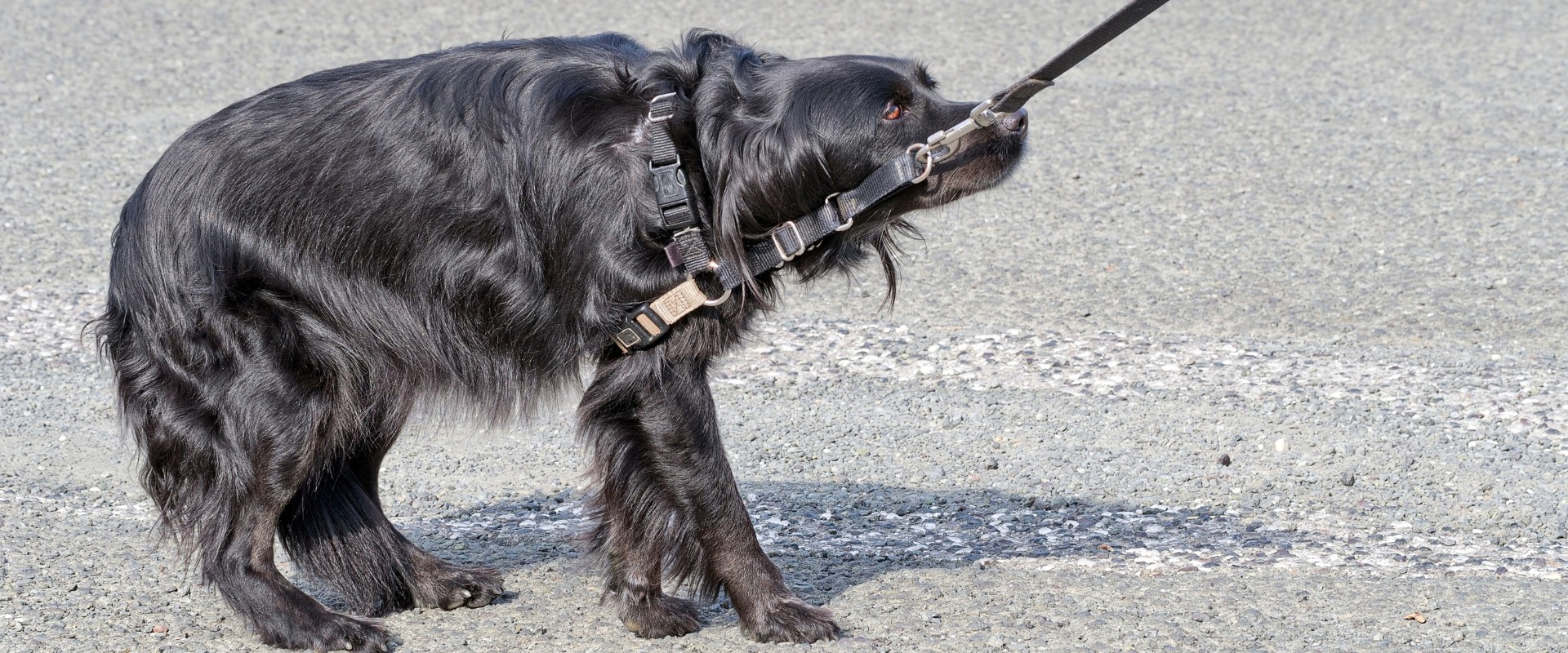
how to leash train a dog that won't walk
1. Understand the reason for refusal:
Before starting training, it’s crucial to understand why your dog refuses to walk. Common reasons include:
- Fear or anxiety: Your dog might be afraid of the leash, the environment, or other people or dogs.
- Pain or discomfort: A physical issue like pain in the paws or joints could make walking uncomfortable.
- Lack of motivation: Your dog might be bored or not find walks rewarding enough.
- Previous negative experiences: Past negative experiences with leashes or walks can create fear and resistance.
2. Address the underlying issue:
Once you understand the reason behind your dog’s refusal, address it accordingly:
- Fear or anxiety: Desensitize your dog gradually to the leash and walking environment. Start in quiet areas and slowly introduce distractions. Consider professional help for severe cases.
- Pain or discomfort: Consult a veterinarian to rule out any medical problems causing pain.
- Lack of motivation: Make walks more enjoyable for your dog. Use high-value treats, play games, and explore interesting places.
- Previous negative experiences: Start with short, positive walks and gradually build trust. Use positive reinforcement and avoid yelling or punishment.
3. Positive reinforcement training:
Positive reinforcement is the cornerstone of leash training. Here are some key techniques:
- Reward desired behavior: Mark and reward any attempt your dog makes to walk forward, even if it’s just a few steps.
- Clicker training: This can be highly effective in marking precise moments of desired behavior for immediate reward.
- Lure-reward: Use a treat to guide your dog forward and reward them for following.
- Keep it positive: Avoid harsh corrections, scolding, or yanking the leash. This can create anxiety and worsen the problem.
4. Start in a quiet area:
Begin training in a calm, familiar environment with minimal distractions. This allows your dog to focus on you and learn the process without feeling overwhelmed.
5. Use the right equipment:
A comfortable harness is crucial for preventing pain and discomfort. Choose a leash that’s long enough for exploration but not so long that your dog can pull excessively.
6. Be patient and consistent:
Leash training takes time and consistent effort. Don’t get discouraged if your dog doesn’t progress instantly. Regular training sessions and unwavering positive reinforcement will eventually lead to success.

